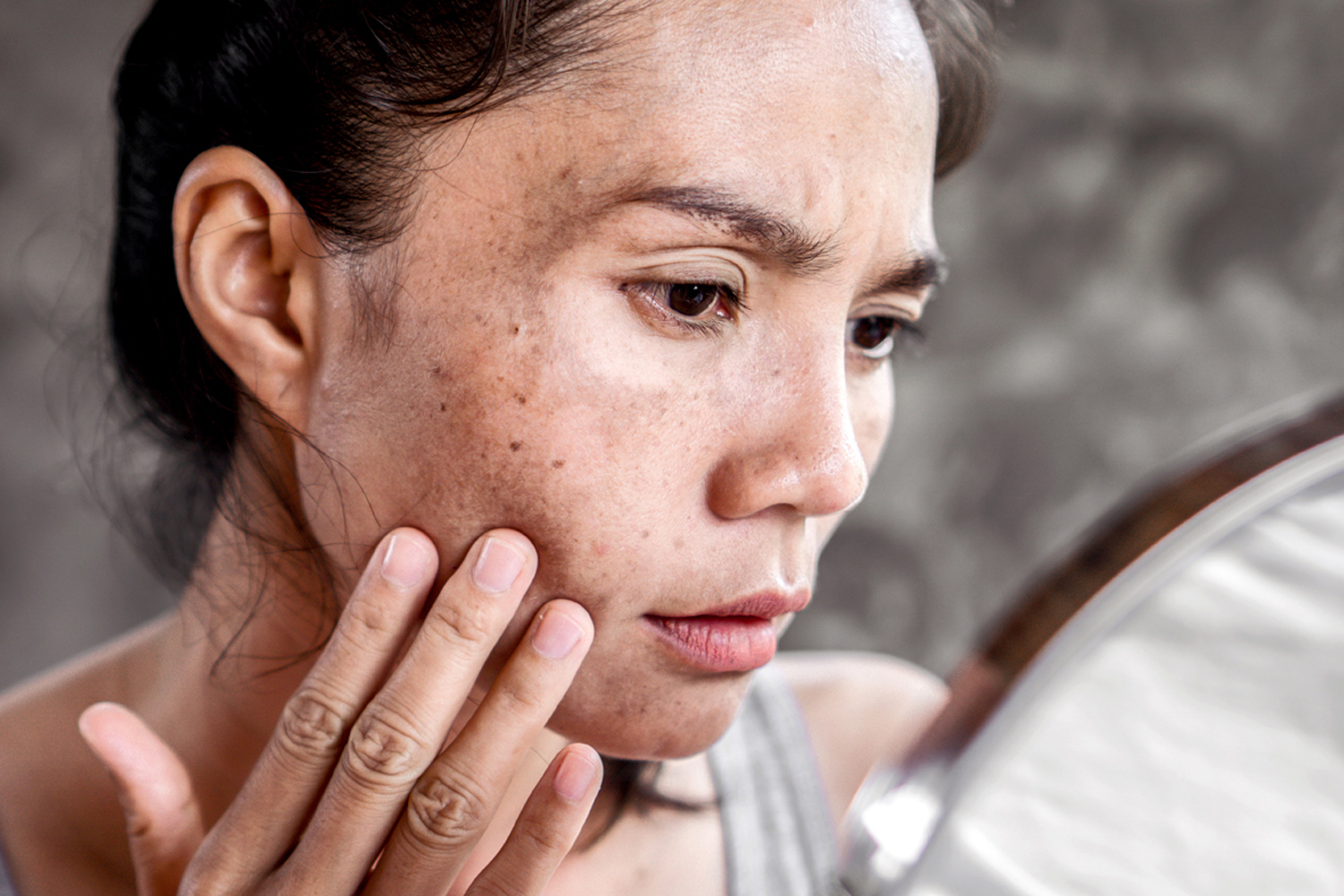SKIN CANCER IS THE MOST COMMON CANCER IN THE U.S., but it is largely survivable when caught early. The five-year relative survival rate for melanoma is 99% when it’s detected before it spreads to other parts of the body, and almost all cases of nonmelanoma skin cancer can be cured.
The Centers for Disease Control and Prevention (CDC) does not provide any recommendations for skin cancer screening for most people, but experts say checking yourself regularly is key to catching skin cancer early when treatments are most effective. “I recommend that people check their skin every month for new spots, changing spots, anything unusual or any concerns,” says Madeliene Gainers, a dermatologist who works in private practice in Maryland.
It can be difficult to track the evolution of your moles (the “E” in the ABCDE system for skin cancer signs) using only your memory. To make it easier, take pictures. Include a ruler in the photo to get a sense of whether the mole is growing.
Start by getting a baseline exam from a dermatologist, Gainers says. They will be able to tell you about existing sun damage, what your risk of skin cancer is and how frequently you should get professional screening. They can also biopsy any suspicious lesions.
Afterward, perform monthly self-checks at home. Look for an “ugly duckling,” or any mole on your body that stands out from the rest. If it’s different, whether it’s larger or smaller, darker or lighter, it should be checked by a dermatologist. Ask a household member or friend to check hard-to-see places, such as your scalp or between your toes.
The ABCDE system is another way of identifying spots that may be melanoma:
• Asymmetry: When one half of a lesion doesn’t match the other.
• Borders: Watch for jagged or irregular edges.
• Color: Uneven color is a warning sign.
• Diameter: Be wary of lesions larger than the head of a pencil eraser.
• Evolution: Whether the lesion changes over time.
Follow these tips to help avoid skin cancer.
Protecting yourself from the sun is the most effective way to prevent skin cancer. Apply broad-spectrum sunscreen that’s SPF 30 or higher when going outside. Reapply every 90 minutes and after getting out of the water or toweling off. Avoid tanning beds, and try to stay out of the sun between 10 a.m. and 2 p.m., when it’s most intense.
Meeting just one of these descriptions is enough to show the lesion to a dermatologist, but some skin cancers may not fit any of them. See a dermatologist if you have sores that don’t heal or experience bleeding, itching or pain from a skin lesion, Gainers says.
Cancer Today magazine is free to cancer patients, survivors and caregivers who live in the U.S. Subscribe here to receive four issues per year.





